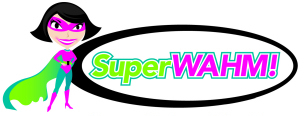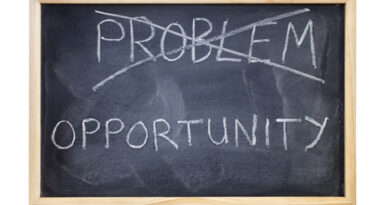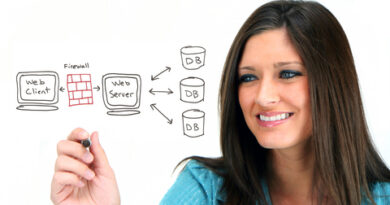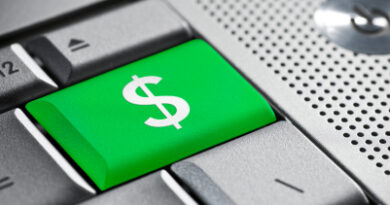What's Your Marketing Funnel Look Like?
I have a marketing funnel. You have a marketing funnel. Everybody who sells something has a marketing funnel. You may not have thought of it in those terms, you probably haven’t drawn it out – you still have one.
The Marketing Funnel (also called a Product Funnel) is a diagram of the products and services that you sell. The idea behind a marketing funnel is that customers are introduced to you with the free item, and then move into the funnel to purchase lower priced items, in time moving on to buy more quantity of items, and more expensive items.
As with everything, there will be exceptions. Some customers will buy from you first time in the middle of the funnel based on recommendations; some customers will accept the complimentary gift and never come back. Some customers will become raving fans and buy everything you produce. The point is to provide options for all your potential customers to enter and move through the funnel however they want to.
Every businesses marketing funnel is going to be different. The price ranges will be different; the products will be different. Your marketing funnel will be based on your particular business model, pricing and products. It works the same for a service business as it does for a business with physical products to sell.
Let’s have a look at each of the layers.
The first layer is not actually in the funnel. It’s the free or complimentary gift, the customers introduction to you and your business. The idea here is that you automate this level so it doesn’t require ongoing effort from you. The most common item at this level is the free report when you sign up to a newsletter list. Other possibilities are a blog (because it gives potential clients a taste of your expertise), a discount voucher for future purchases (time limited),
The free gift should not be a physical product. Giving away a physical product costs you in time, postage, raw goods and manufacturing costs. The only exception to this is if you give away a voucher for a free item to be included in the first purchase. If you give away a free physical product then it is also quite likely that you will end up giving away a large number to people who have no intention of ever buying from you, they just want the free item. Keep it simple, keep it easy and keep it at very low or no cost to you.
The second level is the first sales level inside the funnel. This is the first purchase, the first real taste the customer gets of what you are offering. Your basic, most simple, smallest product. This is where the customer makes their first financial commitment to you, your business and your product. Their experience at this point is going to affect how they perceive your business and products, whether they will recommend you to their friends or warn them away, and where they decide if they will buy from you again.
Assuming the customer is happy with their first purchase and the service they received, they are then likely to buy from you in the second level. This is where they either buy more in quantity or different and higher priced products.
Keep your customers happy with quality products and excellent customer service and they’ll continue buying their way through the marketing funnel and your products as long as they have need of them. They’ll recommend you to their friends and help spread the word about your business.
Something for you to do today. Go and draw out your own marketing funnel. Decide what your $$$ levels are – yours may be $2 – $20, $20 – $50, $50 – $100 and $100+. Whatever is right for your business and products. Write all your products in their appropriate levels, and then see how balanced your products are. Do you have a logical purchasing path through the funnel? Are all your products in one level and the other’s are empty? Are you expecting people to enter the funnel at the most expensive level?
On Wednesday we’ll be having a quick look at another Funnel – the B.S. Funnel – and see which one you’re working in most. On Friday we’ll look at two case studies, the Marketing Funnels of a service business and a physical product business.

Melinda is the founder of SuperWAHM.com and started this site to share her best work from home ideas to help other Work At Home Mums become more financially independent and able to spend time with their families.




Thanks for posting this – Marketing has never been my strong point, and this has forced me to totally re-evaluation the way I view my small Textile Arts enterprise. Looks like I’ve got some hard work ahead of me to reframe things and fill the funnel, but I believe it will be worth it. Thank you!
Ellsea’s last blog post..Magpie’s Laundry
Thanks Mel! This is a very timely post for me to read right now 🙂
Reading this post, I was working out ways to apply this on a service based business like freelancing.
You’re right Mel, not only will this funnel serve as a guide to slowly grow your business by turning happy customers into loyal ones who keep climbing toward the higher priced product/services, it will also show you the balance (or lack of) between the pricing of your products.
I look forward to the case studies – especially the service business one.
Samar’s last blog post..Overdosing on Copyblogger